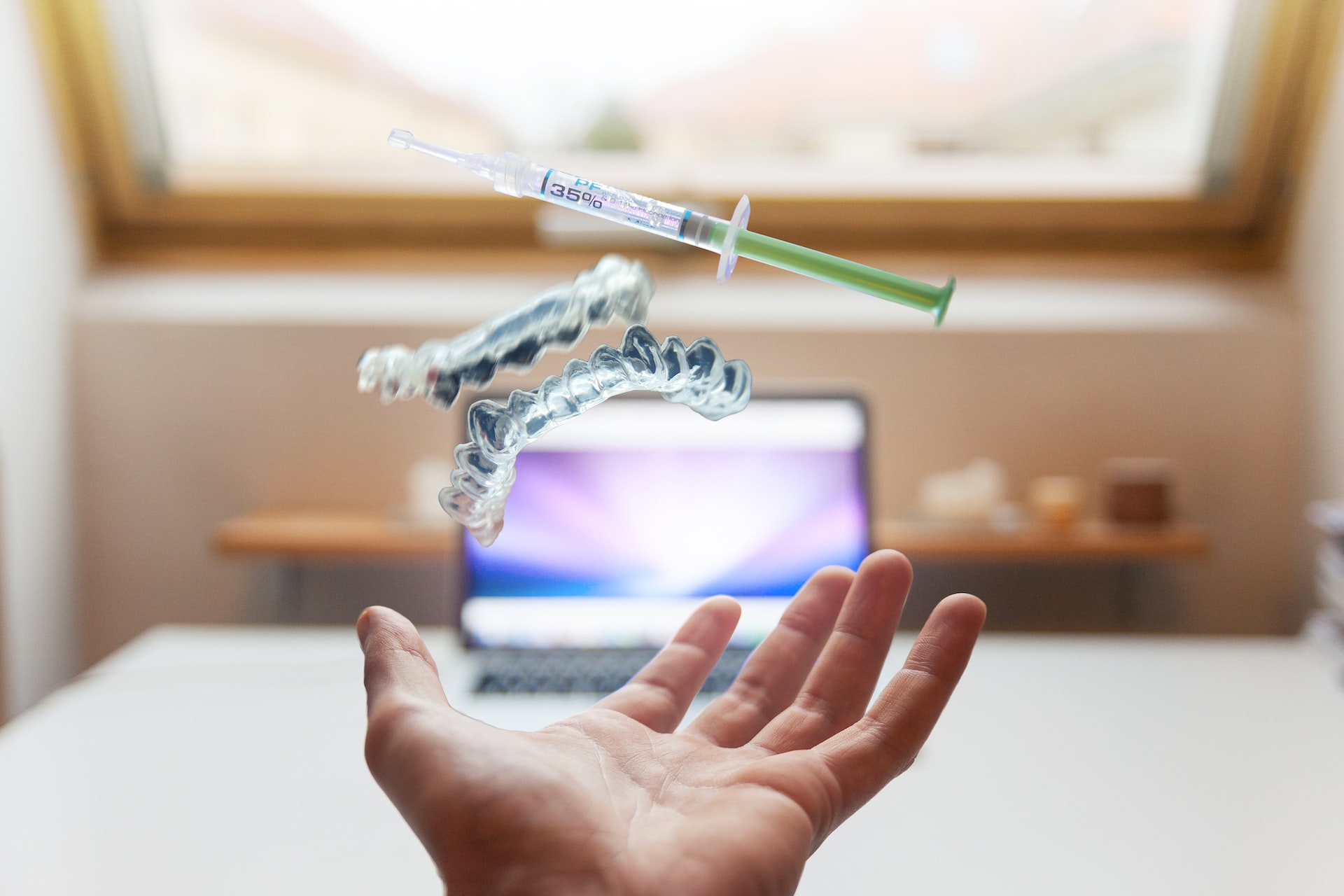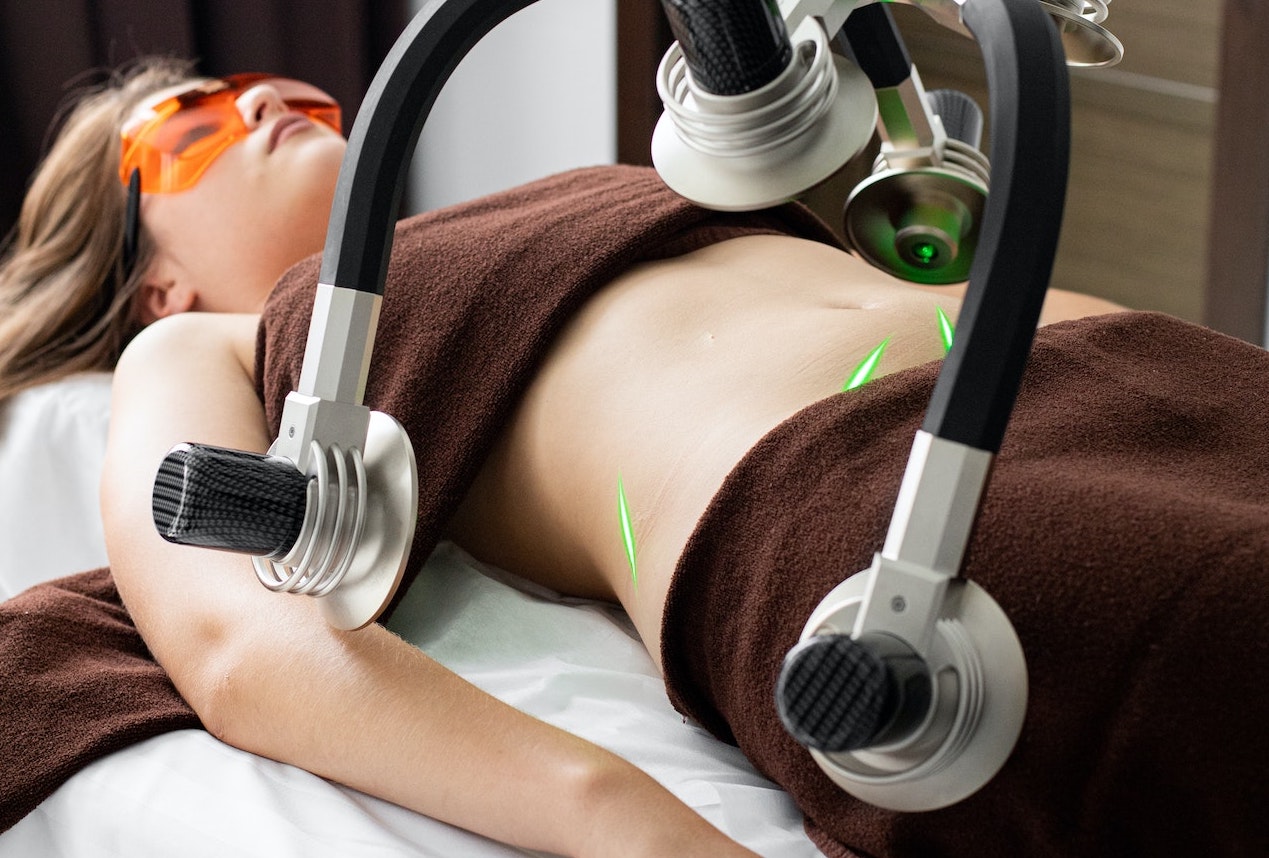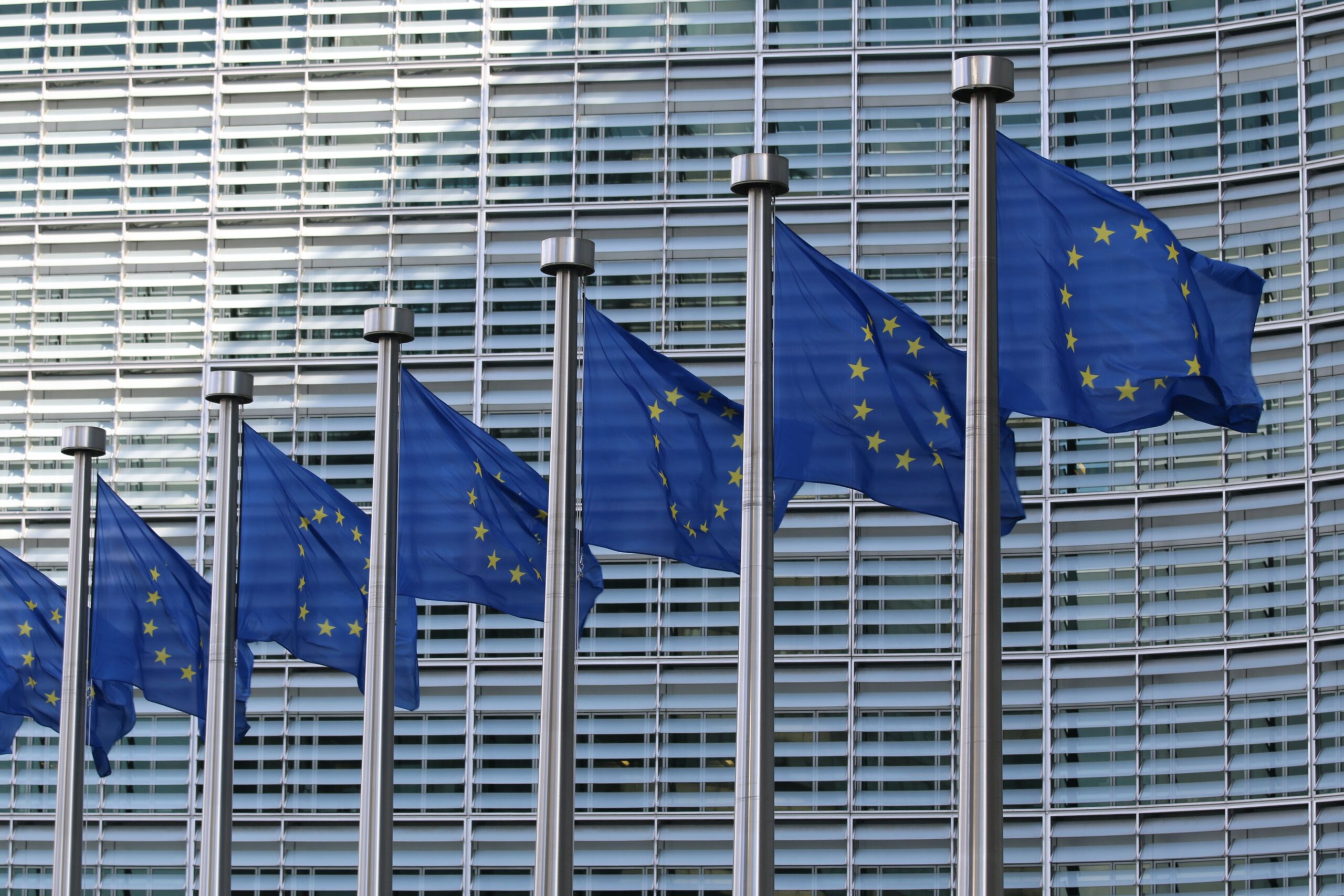MDR, IVDR AND PRRC
In 2017, two Regulations on medical devices and in in vitro diagnostic medical devices entered into force in the European Union (EU), progressively replacing the 3 existing Directives. The main goal was to establish a modernized and more robust EU legislative framework and to safeguard a better public health protection and patient safety.
The EU Medical Devices Regulation (MDR – Regulation (EU) 2017/745) lays down the rules regarding the placing on the market, making available on the market or putting into service of medical devices for human use (and accessories for such devices). The Regulation (EU) 2017/746 sets out the rules on in vitro diagnostic medical devices (IVDR).
According to Article 15 of both Regulations, it is mandatory for manufacturers to have, within their organization (as an employee), a person responsible for regulatory compliance (PRRC). Importers and Authorized Representatives must also have an PRRC. The PRRC must possess requisite expertise in the field of medical devices, which shall be demonstrated with one of the following qualifications:
- Four years of professional experience in regulatory affairs or in quality management systems relating to medical devices;
- Diploma, certificate (or other formal qualification) from a university degree in law, medicine, pharmacy, engineering or other relevant scientific discipline (recognized as equivalent by the Member State concerned) and at least one year of professional experience in regulatory affairs or in quality management systems relating to medical devices.
If the qualification was obtained outside the EU it must be recognized by an EU Member State as equivalent to the EU corresponding qualification. The professional experience should be related to the EU requirements in the field.
The PRRC is responsible for the technical documentation, EU Declaration of Conformity (drawn up and kept up-to-date), post-market surveillance obligations and checking the conformity of devices before they are released (according to the quality management system implemented). Vigilance activities, recording and reporting incidents, safety and performance requirements, clinical investigations and performance studies are also among the responsibilities and roles of the PRRC.
Each legal manufacturer must have its own PRRC. The PRRC must be close to the manufacturer, which means that if the manufacturer is located in the EU, its PRRC must also be located in the EU.
When it comes to micro and small manufacturers, they may subcontract the responsibilities of a PRRC to a third party, but it must be available permanently and continuously to them. This is also the case for Authorized Representatives, who may also outsource this role. The PRRC of an Authorized Representative (AR) is responsible for ensuring that the tasks of the AR (as specified in the given mandate) are fulfilled.
An AR and a manufacturer established outside the EU cannot have the same PRRC, ensuring a higher level of scrutiny and that the supervision and control of the production of devices, post-market surveillance and vigilance activities are effectively performed. For the same purpose, the PRRC of a micro and small manufacturer and the PRRC of the AR of that same company shall not belong to the same external organization.
References:
- Regulation (EU) 2017/745 of the European Parliament and of the Council of 5 April 2017 on medical devices.
- Regulation (EU) 2017/746 of the European Parliament and of the Council of 5 April 2017 on in vitro diagnostic medical devices.
- MDCG 2019-7 – Guidance on Article 15 of the Medical Device Regulation (MDR) and in vitro Diagnostic Device Regulation (IVDR) regarding a “person responsible for regulatory compliance” (PRRC).














